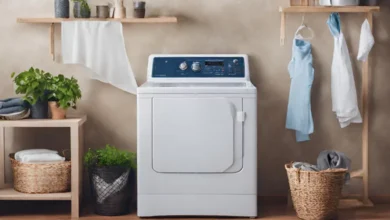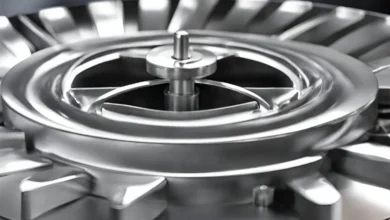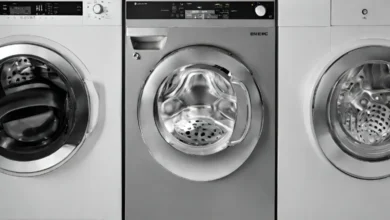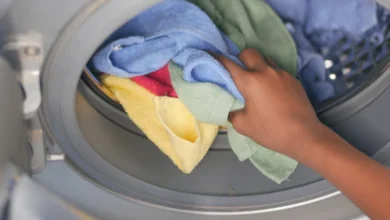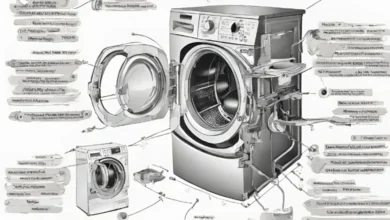Strain Gauge Sensors in Washing Machines: A Comprehensive Analysis
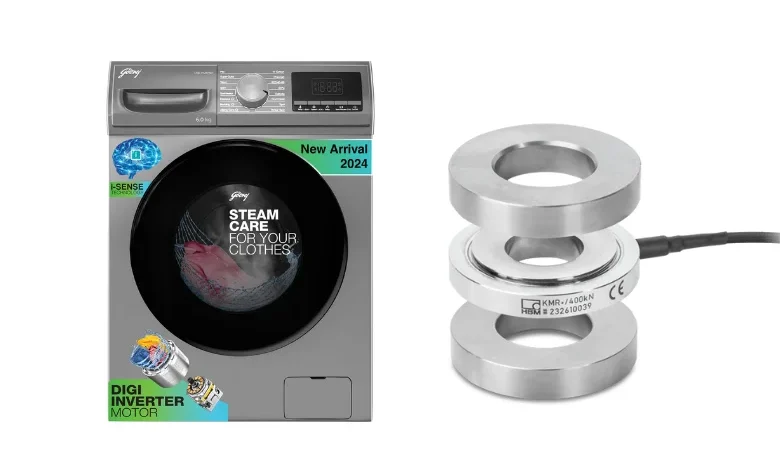
Washing machines have evolved into sophisticated appliances, and a crucial component driving their efficiency is the integration of strain gauge sensors. These sensors, designed to measure deformation in materials, specifically play a pivotal role in accurately determining the weight of the laundry load. This article delves deep into the principles, integration, operational significance, technological advancements, challenges, and future developments related to strain gauge sensors in washing machines.
Understanding Strain Gauge Sensors
1. Principles of Strain Measurement
Strain gauge sensors operate based on the fundamental principle of strain measurement. When a force is applied to a material, it undergoes deformation, leading to a change in electrical resistance. These sensors are meticulously designed to detect these minute changes in resistance, providing a reliable means of quantifying applied force, crucial in the context of washing machines.
2. Composition and Structure
The typical strain gauge comprises a thin metallic foil, often crafted from materials like constantan or nickel-chromium alloy, bonded to a flexible backing. This configuration allows the strain gauge to deform along with the material to which it is attached, ensuring an accurate measurement of strain.
Also Read: Best Washing Machine in India
Integration in Washing Machines
1. Load Cells and Weight Measurement
Strain gauge sensors are seamlessly integrated into load cells within washing machines. Load cells, mechanical components, are designed to convert mechanical force into electrical signals. By combining strain gauges with load cells, washing machines can precisely measure the weight applied to them, providing valuable information for optimizing the washing process.
2. Calibration for Accuracy
Calibration is a critical aspect of ensuring the accuracy of strain gauge sensors in washing machines. Manufacturers employ meticulous calibration processes to account for variations in materials and environmental conditions. This calibration enhances the reliability of weight measurements, enabling the washing machine to operate efficiently across diverse scenarios.
Operational Significance
1. Resource Optimization
The integration of strain gauge sensors allows washing machines to optimize resource usage. By accurately measuring the weight of the laundry load, the machine can adjust factors such as water level and detergent quantity, ensuring that resources are utilized efficiently. This not only contributes to environmental sustainability but also translates to cost savings for the user.
2. Preventing Overloading
A critical function of strain gauge sensors in washing machines is to prevent overloading. By continuously monitoring the strain on the load cells, the machine can detect when the weight surpasses recommended limits. This proactive approach safeguards the appliance from potential damage and prolongs its lifespan.
Technological Advancements
1. Smart Washing Machines
The advent of smart home technology has further elevated the role of strain gauge sensors in washing machines. Smart washing machines leverage advanced algorithms and connectivity to provide users with real-time insights into their laundry cycles. Users can receive notifications about optimal load sizes, detergent usage, and even the status of the washing process, all made possible by the accurate data provided by strain gauge sensors.
2. Machine Learning Integration
Cutting-edge washing machines are incorporating machine learning algorithms that analyze historical data from strain gauge sensors. This enables the machine to learn user preferences, adapt to different fabric types, and continually refine its operation for maximum efficiency. The marriage of strain gauge technology with machine learning exemplifies the potential for continuous improvement in the realm of laundry appliances.
Challenges and Future Developments
1. Environmental Impact
While strain gauge sensors contribute to resource optimization, the production and disposal of electronic components, including sensors, raise environmental concerns. Manufacturers are increasingly focusing on sustainable practices, exploring materials and processes that minimize the ecological footprint of these sensors.
2. Miniaturization and Integration
Future developments in strain gauge sensor technology may involve miniaturization and improved integration. Smaller, more versatile sensors could open doors for innovative washing machine designs and further enhance user convenience.
Conclusion
In conclusion, the integration of strain gauge sensors in washing machines marks a significant advancement in laundry technology. These sensors, operating on the principles of strain measurement, enable precise weight detection, resource optimization, and preventative measures against overloading. As technology continues to evolve, we can expect further innovations, ensuring that washing machines not only deliver on performance but also align with sustainable and user-centric principles. The marriage of strain gauge sensors with advanced technologies like machine learning paints a promising picture for the future of laundry appliances. The ongoing exploration of challenges and future developments underscores the dynamic nature of this field, promising a continual evolution towards more efficient and sustainable laundry solutions.
